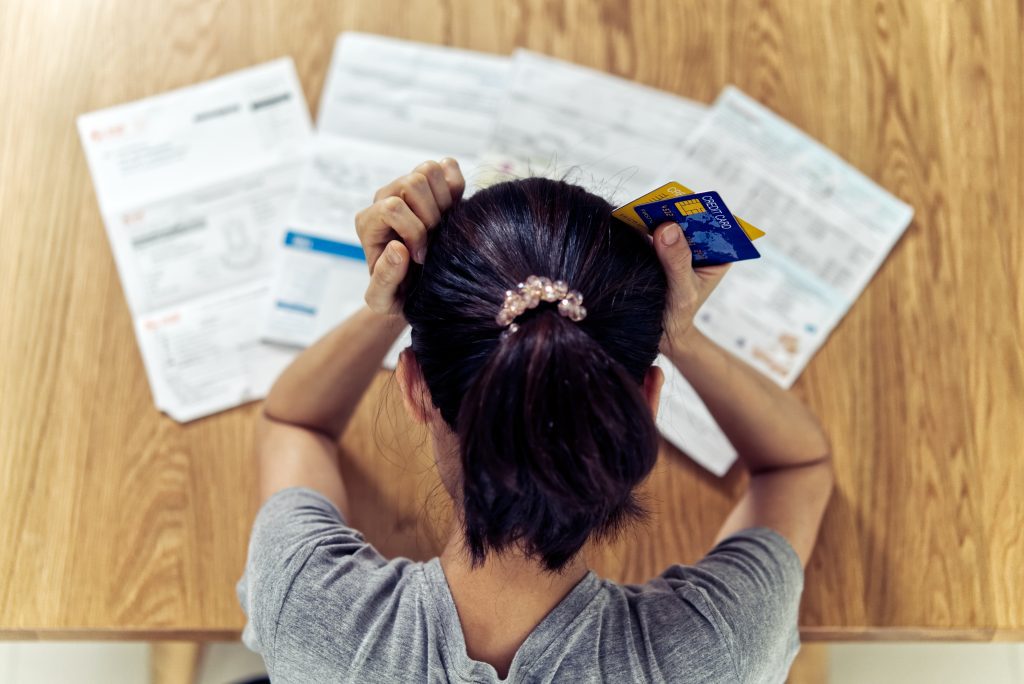Nearly two-thirds of U.S. consumers are in credit card debt, average roughly $5,875 in prepayments, according to new data from Clever Real Estate.
The company polled 1,000 U.S. credit card users and found that nearly half rely heavily on their credits cards for essentials, including food, rent, and utilities. But because of the current state of the economy, and the fact that the cost for goods and services has increased significantly, consumers are having a difficult time keeping up with their bills and paying them off. In fact, nearly a quarter (23%) of respondents said they’re going deeper into debt as a result.
Financial Woes
Consumers are spending roughly $1,506 each month via their credit cards, according to the research. More than a quarter (28%) said they are having a tough time keeping up with the minimum payments, while fewer (14%) said they’ve even missed a payment this year.
According to Clever Real Estate, millennials are struggling the most, compared to their younger and older cohorts. In fact, more than two-thirds (67%) of millennials surveyed said they’re in credit card debt, with an average balance of nearly $6,800. In contrast, baby boomers said they carry an average credit card debt of $5,143 while Gen Z is not carrying as much credit card debt, averaging a balance of $4,461.
U.S. Debt Is Reaching New Highs
Data from the Federal Reserve released earlier this year found that U.S. household debt has reach $17 trillion in Q1 2023.
While the Federal Reserve found that mortgage originations during the first quarter of 2023 were low, auto loan originations increased, particularly when compared to pre-pandemic volumes.
By and large, credit card balances have been increasing over the past year—and will continue to increase—as inflation grows. Consumers, particularly those that are struggling to make ends meet, will continue to lean on their credit cards for necessities.
